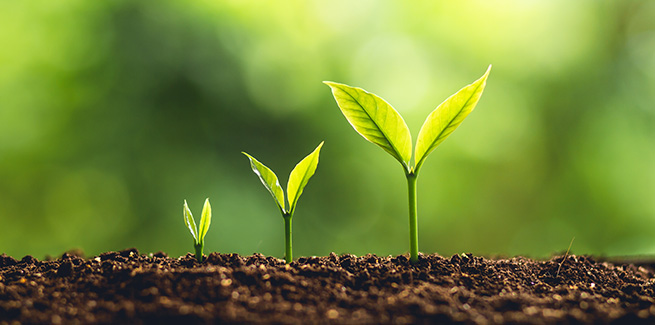The Australian Bureau of Statistics (ABS) has released gross domestic product (GDP) figures for the three months to December 2020, showing that the economy recovered by 3.1 per cent in the second quarter of the financial year.
This follows on from the 3.3 per cent rise in the previous quarter, marking the first time in the 60-year history of the National Accounts that GDP has grown by more than 3.0 per cent in two consecutive quarters, according to the ABS.
The economic recovery was largely driven by household spending, which was up by 4.3 per cent, with pre-Christmas sales and Victoria emerging from lockdown strongly contributing to the growth in spending.
However, despite the rapid recovery, Australia’s economic activity remains 1.1 per cent lower than December 2019 figures, as the country continues to recover from the impacts of the COVID-19 induced recession.
“Despite growing at 10.4 per cent for the quarter, household spending in Victoria was 7.2 per cent below its pre-COVID level. Household spending for the rest of Australia, excluding Victoria, was 1.1 per cent lower than pre-COVID levels,” head of national accounts at the ABS, Michael Smedes, said.
Private investment rose 3.9 per cent and contributed 0.7 percentage points to growth.
Favourable weather conditions contributed to a strong increase in agricultural production, which was reflected in a 26.8 per cent increase in agriculture, forestry and fishing gross value added.
The ABS noted that there were “flow-on positive impacts” to other industries along the supply chain, including wholesale trade and transport, postal and warehousing, which rose 3.6 per cent and 6.1 per cent, respectively.
There were rises across both housing and business investment with improved conditions, which coincided with government initiatives, such as HomeBuilder and the expanded instant asset write-off.
Compensation of employees rose 1.5 per cent as employment and hours worked increased with underlying activity in the economy.
Treasurer Josh Frydenberg said the national accounts were proof the government’s economic plan was working.
“This is a very encouraging performance from the Australian economy considering the abyss we were staring into at the start of the pandemic.
“Our economy outperformed all other advanced economies in 2020,” he said.
Mr Frydenberg added that, as the government’s support continues to taper off, private investment is stepping up.
“With business and consumer confidence back to pre-pandemic levels, the savings ratio fell from 18 per cent to 12 per cent.
“While still three times higher than its pre-pandemic levels, consumption will continue to support the Australian economy,” he said.
Mr Frydenberg said the Australian economy had also started 2021 in a strong position.
“The job is not done, there are challenges ahead, but you wouldn’t want to be in any other country other than Australia as you begin 2021,” he concluded.
[Related: Australia no longer in recession]
 ;
;